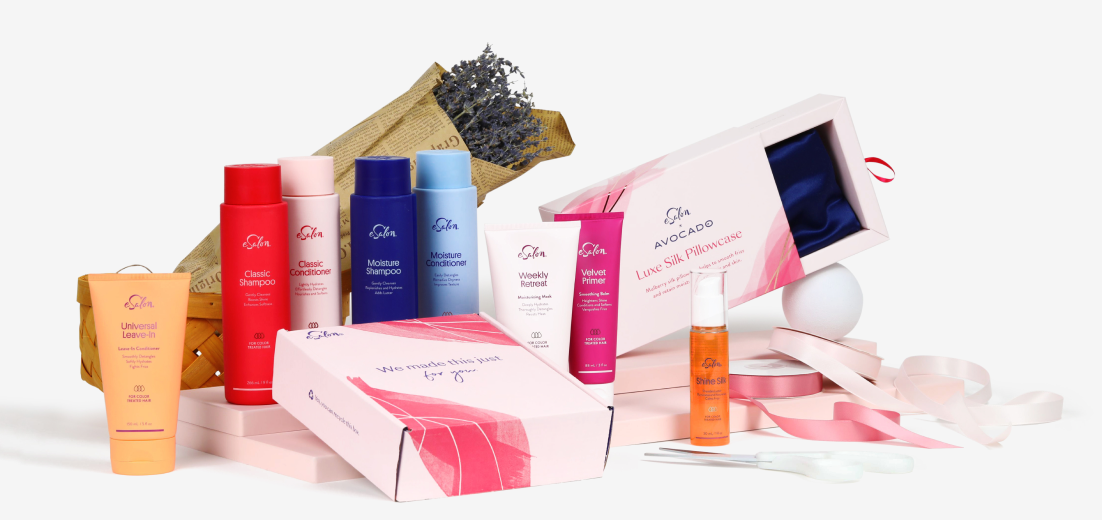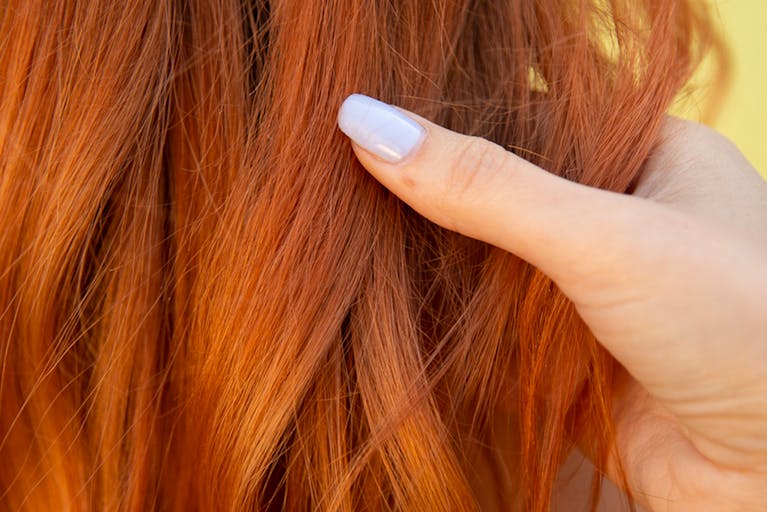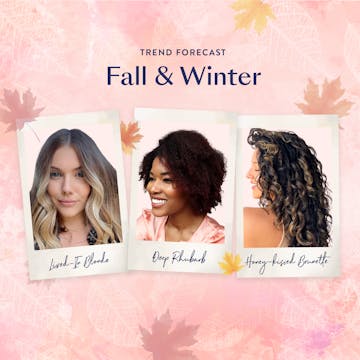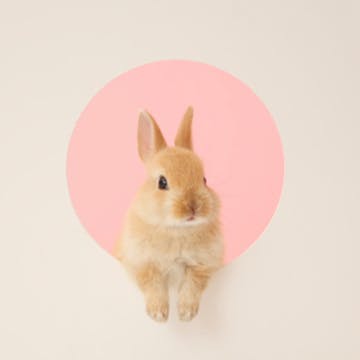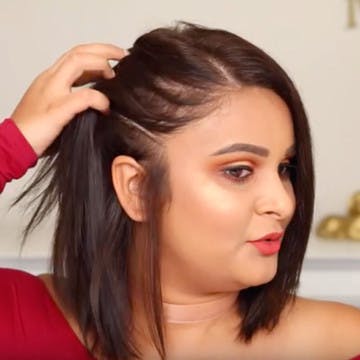What is Hair Porosity?
The 411 on hair porosity.
Have you ever heard your stylist use “hair porosity” and wondered what it means? Simply put, hair porosity is referring to your hair’s ability to absorb and retain moisture. For a detailed look into hair porosity and how it affects hair’s health, read on for our full breakdown.
What is hair porosity?
Each strand of hair has an outer layer of cuticles that kind of look like scales on a fish. These cuticles open and close to soak up moisture and seal it in. When elements like heat hit, they open. When you lather on a product or wash hair with cold water, they close.
To understand the concept of porous hair, it helps to know the basic structure of the hair. No matter your hair type, from straight to curly hair, each strand of hair consists of three layers:
The cuticle: Hair’s outer protective layer made of overlapping cuticle layers.
The cortex: Hair’s thickest layer. Made up of proteins and forms the color of your hair.
The medulla: The innermost layer that’s the softest and most fragile part of your hair structure.
For hair to stay healthy, water, oils, and other nourishing hair care products must be able to reach the cortex. So if the hair cuticles are too close together—known as low-porosity hair— it makes it hard for water, oils, and hair dye to penetrate the hair shaft. This can make it difficult for your hair to get the hydration it craves or achieve a rich hair color.
On the other hand, if the hair cuticles are too widely spaced—referred to as high-porosity hair—your strands may struggle to retain moisture and stay hydrated throughout the day. This may also cause build-up and your hair color to fade faster than you would like.
Now you can see why hair porosity is so important for both your hair’s health and how it soaks in your custom color.
What are the different types of hair porosity?
There are three essential different types of hair porosity. They’re usually described as:
Low-porosity hair: Not a lot of moisture can be absorbed by this type of hair porosity. Hair may look weighed down due to products not being able to be absorbed properly.
Medium-porosity hair: The most ideal porosity since moisture is able to penetrate the hair but doesn’t easily escape. Hair can appear healthy, lustrous, and hydrated–but not weighed down. Also known as normal porosity.
High-porosity hair: Strands with this porosity have extra space between the hair cuticles (less layering) so water just flows in and right back out. They are dry but also able to hold moisture the best.
How to Determine Your Type: Try the Hair Porosity Test
Now that you know all about the different hair porosity levels, you might be wondering how to tell which type you have. Don’t worry—we’ve got you covered with this easy-to-do at-home float test that goes as follows:
STEP 1: Fill up a glass with water.
STEP 2: Pick out one to two strands of hair and put them in the glass of water. (You may have different curl patterns throughout your tresses, so try to take strands from different parts of your head.)
STEP 3: Analyze where your hair floats and ends up in the water.
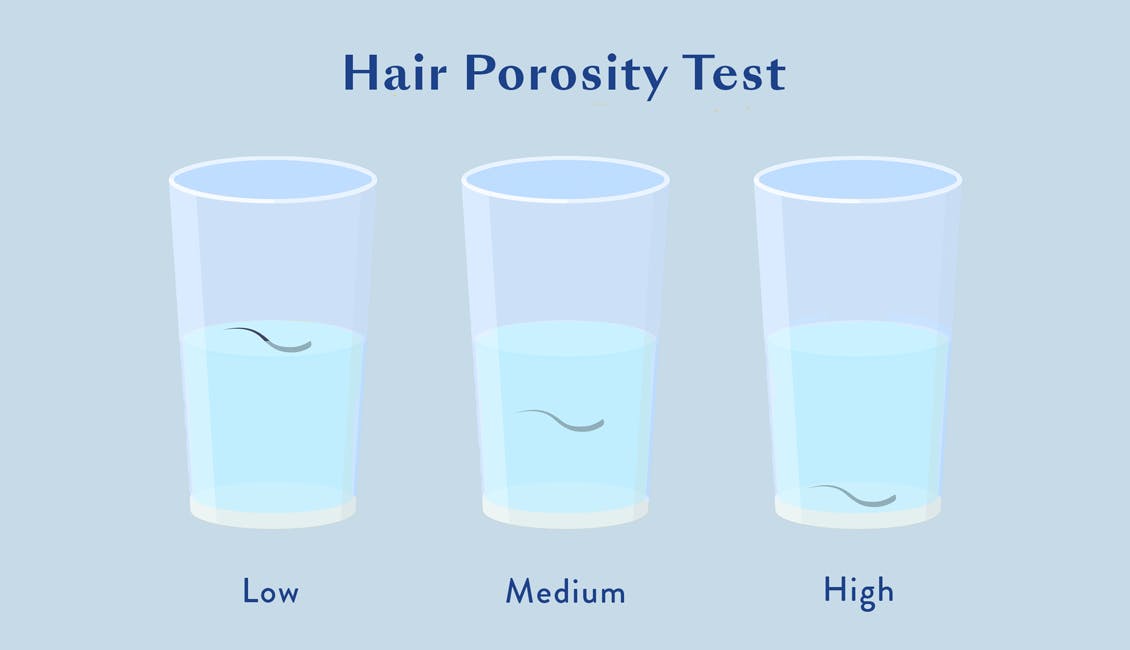
THE RESULTS
If your strand of hair immediately sinks to the bottom, then it’s considered highly porous hair. If it floats in the middle, then it’s in the medium to average porosity, and if it stays on the top, then it is considered to have low porosity.
How to Care for Low Porosity Hair
Get ready to implement new products into your hair care routine. Use gentle cleansers like our SLS- and SLES-free shampoos to keep up with your hair needs. Make sure to also use lightweight conditioners and styling products that don’t have heavy oils or thick butters but are intended to enhance moisture.
Since clarifying formulas with sulfates and heavy oils work against efforts to get moisture in the hair, leaving you with dryness, they can end up drying your strands out even more. That’s why we suggest SLS- and SLES-free formulas that are made with lightweight, hydrating ingredients as the way to go.
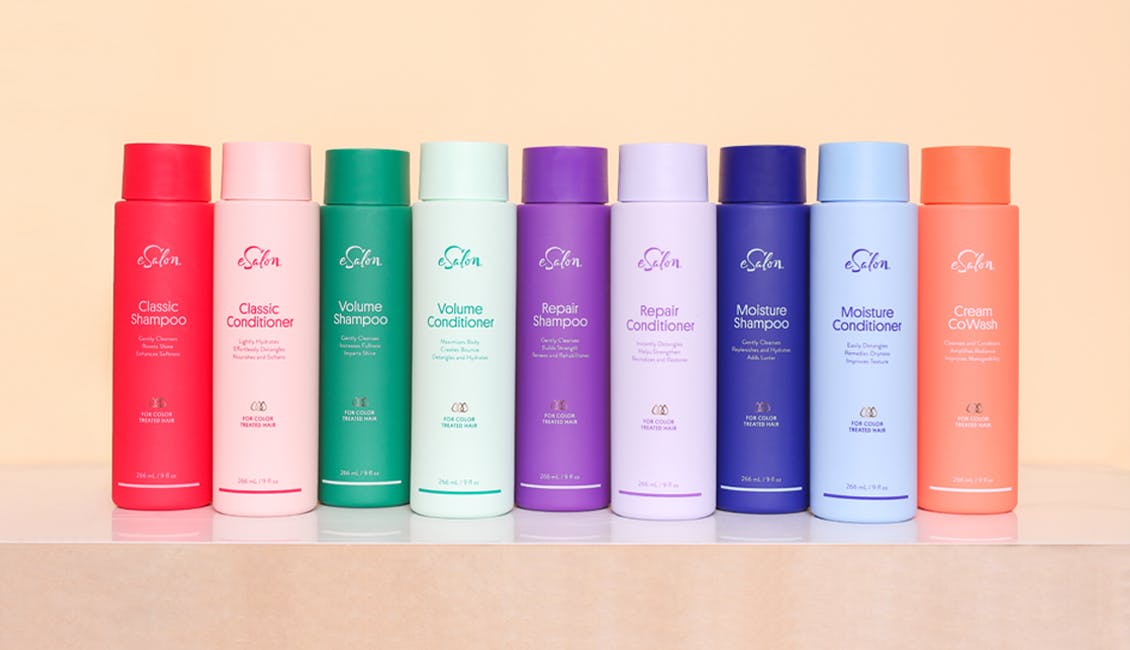
How to Care for Medium Porosity Hair
Since this porosity type easily absorbs hair care products and can hold onto the nutrients, use long-lasting, nourishing cream products like our Universal Leave-In. This lightweight, leave-in offers round-the-clock deep conditioning for natural hair with effortless detangling and frizzy hair control.
Formulated with weightless ingredients, like replenishing Rice Seed Protein that helps boost shine for a radiant finish and antioxidant-rich concentrate Rice Bran Extract for nourishing reinforcement that leaves strands hydrated but not weighed down. Using this can also help avoid tangles. Since you don’t need ultra-heavy hydration, this lightweight product is a must-have for your medium porosity strands, especially when you choose to air dry.
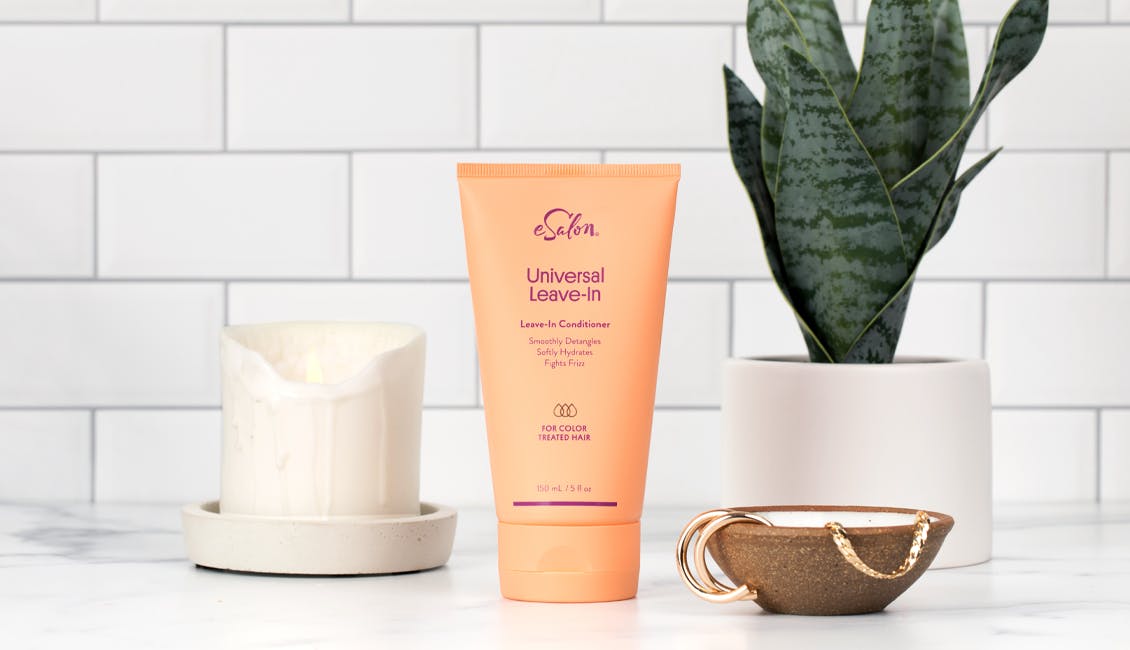
How to Care for High Porosity Hair
To help seal the cuticle, look for conditioners and serums that feature richer oils. We suggest trying our top-rated Moisture Conditioner: a lightweight, hydrating formula crafted with Avocado Oil to help penetrate the cuticle to help boost moisture. Also, another hair care essential for high porosity hair is our luxe Argan Oil serum, Shine Silk because it seals in long-lasting hydration.
We also recommend using our Color Pro Pre-Color Balancer before you apply your custom color. Think of our Pre-Color Balancer as a makeup primer for your hair. This spray is designed to bind to weak areas in your cuticles and fill in the blanks for an even color application and incredible shine. Made with protective and nourishing ingredients like vitamin-packed Aloe Vera, this spray is a must-have in your beauty products for balancing your hair’s porosity.
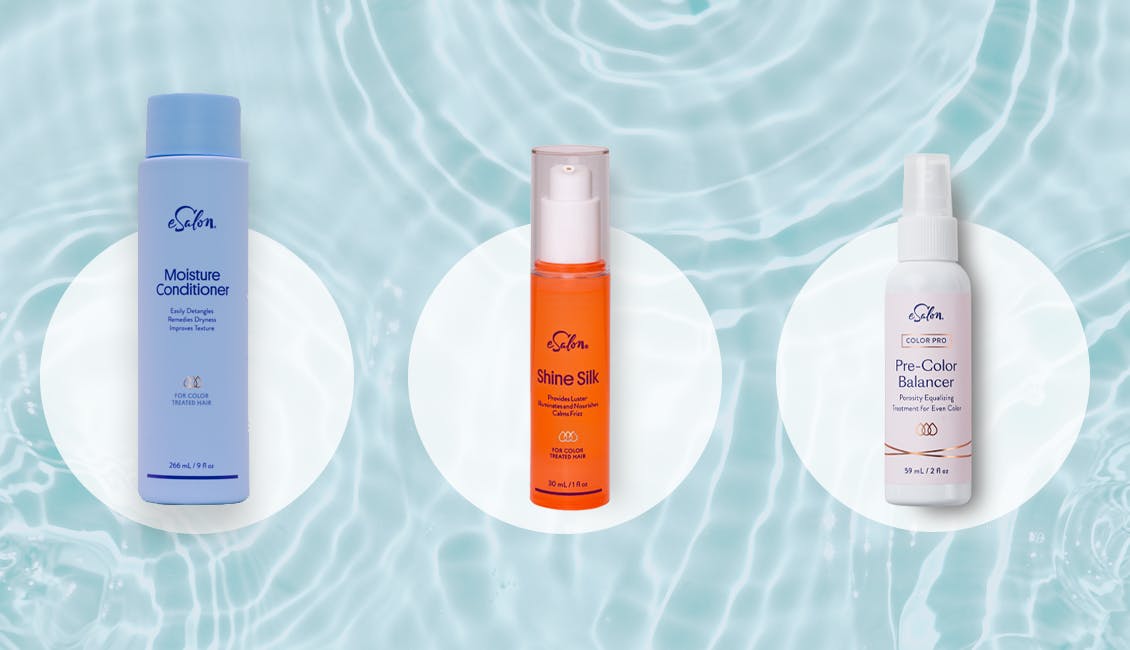
No matter your hair type, hair porosity matters when it comes to how your hair feels and your color’s vibrancy. We hope this detailed overview of hair porosity has helped illuminate how to best care for your strands and achieve long-lasting color. If you have any questions about your hair’s porosity, custom color, or hair product recommendations, your personal colorist is here to help at any time. For more tips and info, follow @eSalon on Instagram and Facebook.
